Mood board

Photo Shoot
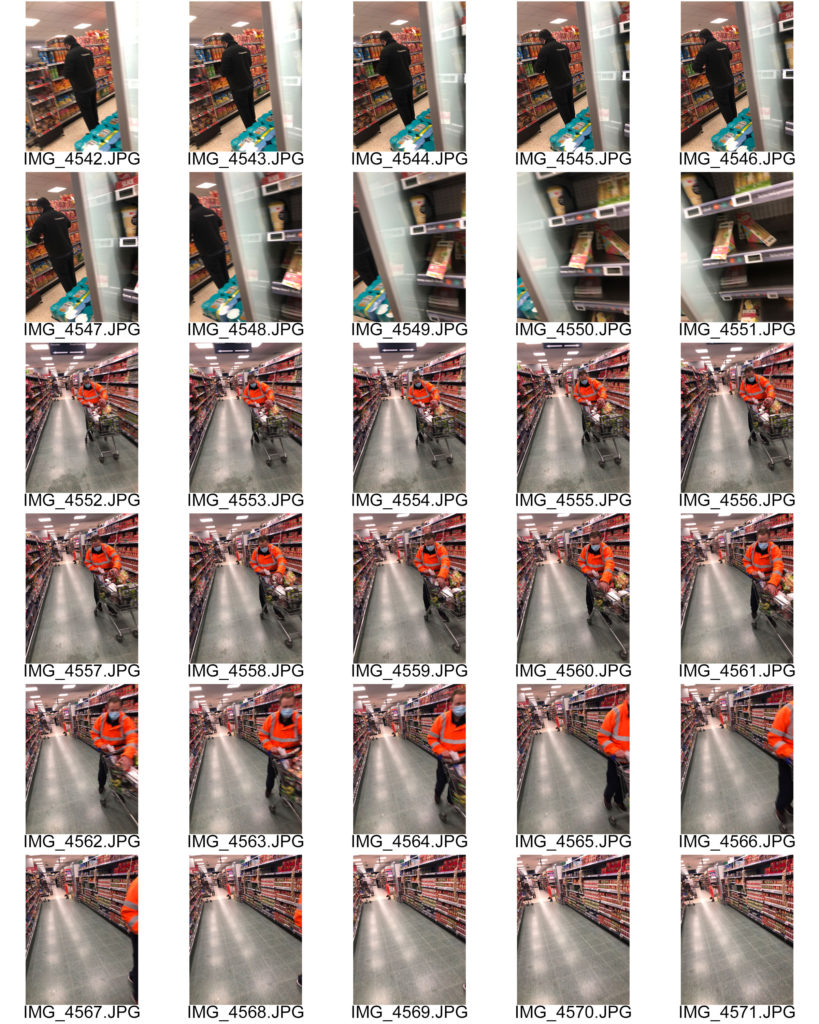

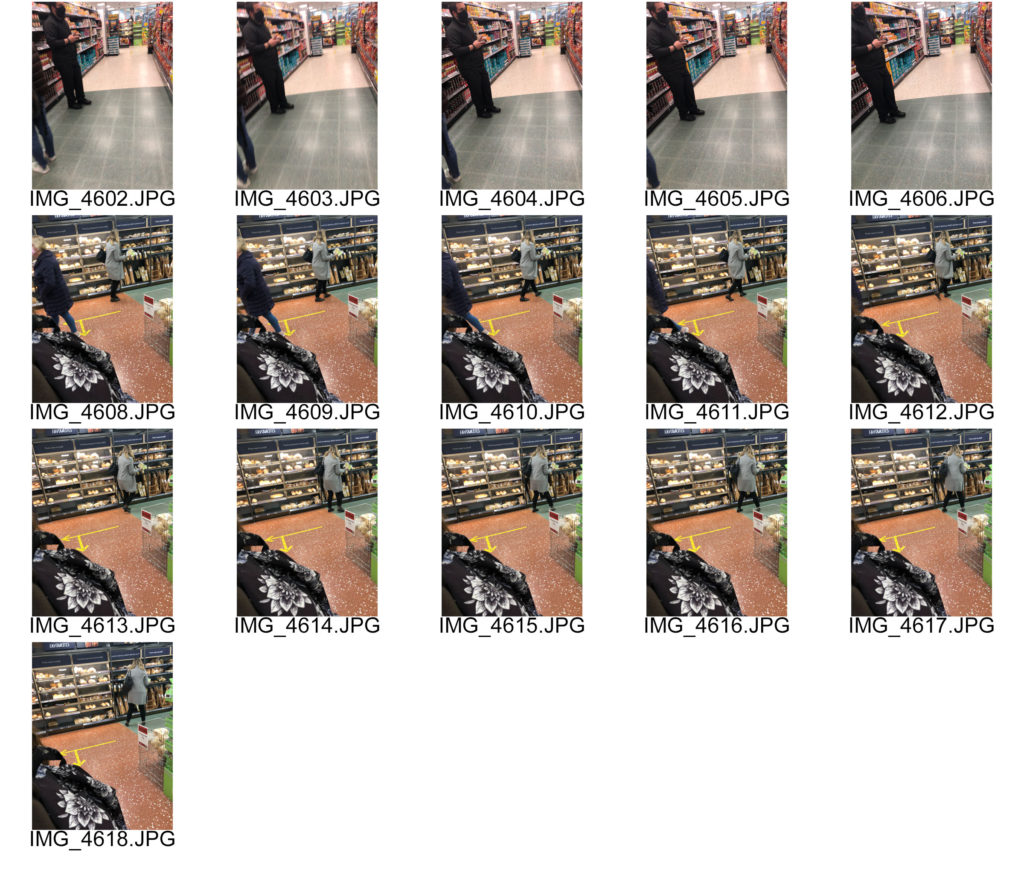
Mood board

Photo Shoot



Henri Cartier – Bresson and “The Decisive Moment”
Henri Cartier-Bresson: The Decisive Moment examines Cartier-Bresson’s influential publication, widely considered to be one of the most important photobooks of the twentieth century. Pioneering for its emphasis on the photograph itself as a unique narrative form, The Decisive Moment was described by Robert Capa as “a Bible for photographers.” Originally titled Images à la Sauvette (“images on the run”) in the French, the book was published in English with a new title, The Decisive Moment, which unintentionally imposed the motto which would define Cartier-Bresson’s work. The exhibition details how the decisions made by the collaborators in this major project—including Cartier-Bresson, French art publisher Tériade, American publisher Simon & Schuster, and Henri Matisse, who designed the book’s cover—have shaped our understanding of Cartier-Bresson’s photographs. Through vintage gelatin silver prints, first-edition publications, periodicals, and correspondence, Henri Cartier-Bresson: The Decisive Moment brings new insights to this iconic work.
Mood board

Contribution to MAGNUM Photo Agency
Two years after the apocalypse that was called the Second World War ended, Magnum Photos was founded. The world’s most prestigious photographic agency was formed by four photographers – Robert Capa, Henri Cartier-Bresson, George Rodger and David “Chim” Seymour – who had been very much scarred by the conflict and were motivated both by a sense of relief that the world had somehow survived and the curiosity to see what was still there. They created Magnum in 1947 to reflect their independent natures as both people and photographers – the idiosyncratic mix of reporter and artist that continues to define Magnum, emphasizing not only what is seen but also the way one sees it.
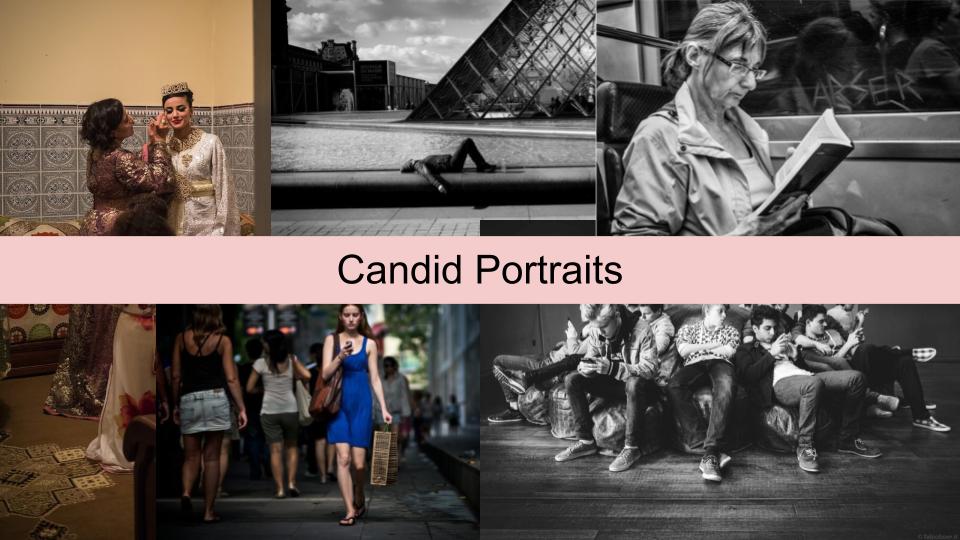
Candid portraits are when the person who is the main subject of the photo is unaware that they are being photographed, the idea of a candid portrait is to capture people acting naturally. The reason why they have to be unaware that they are being photographed is because when they do become aware their behaviour in front of the camera changes and they become aware of what they’re doing.
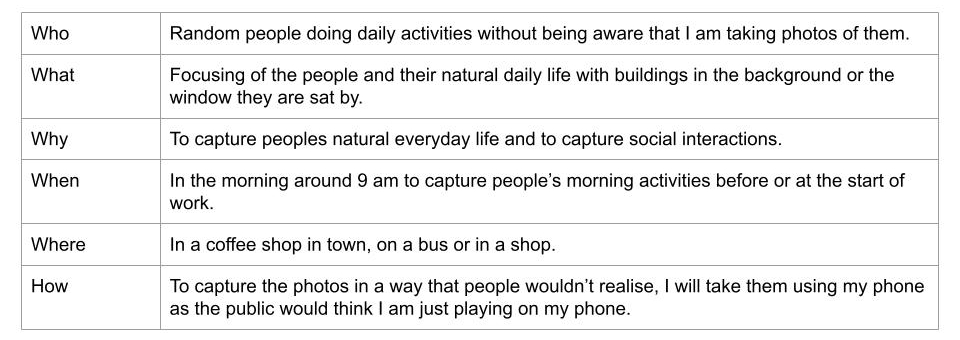
Photo Shoot
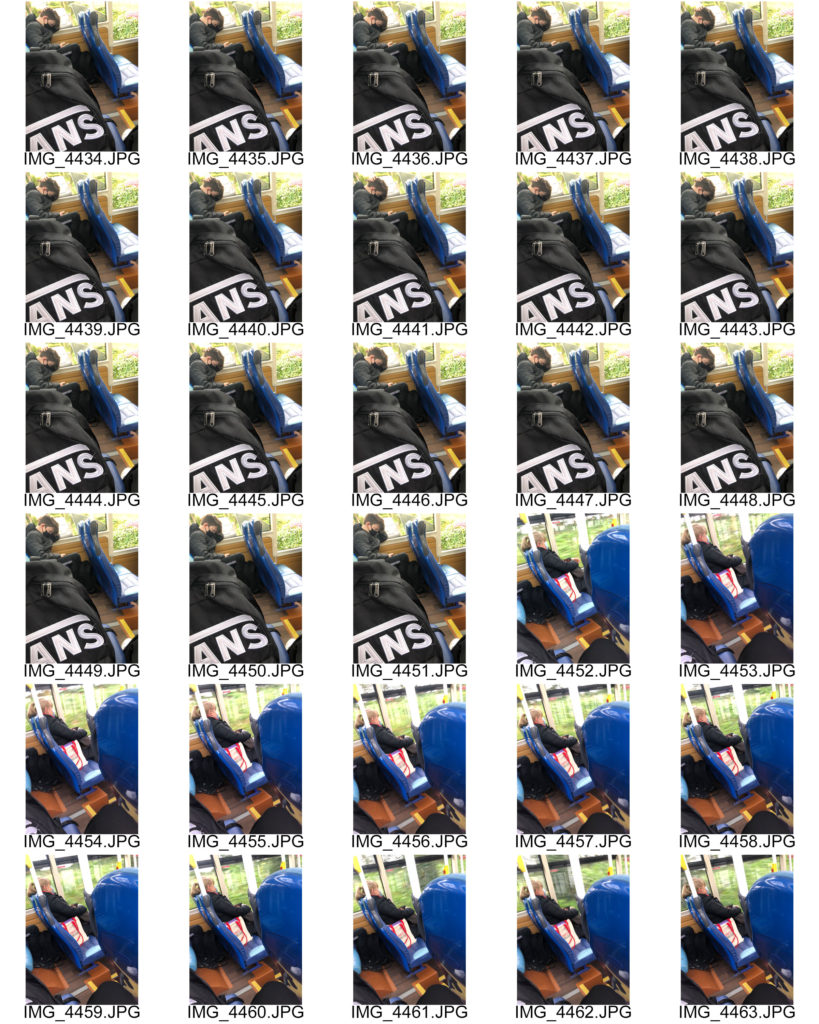
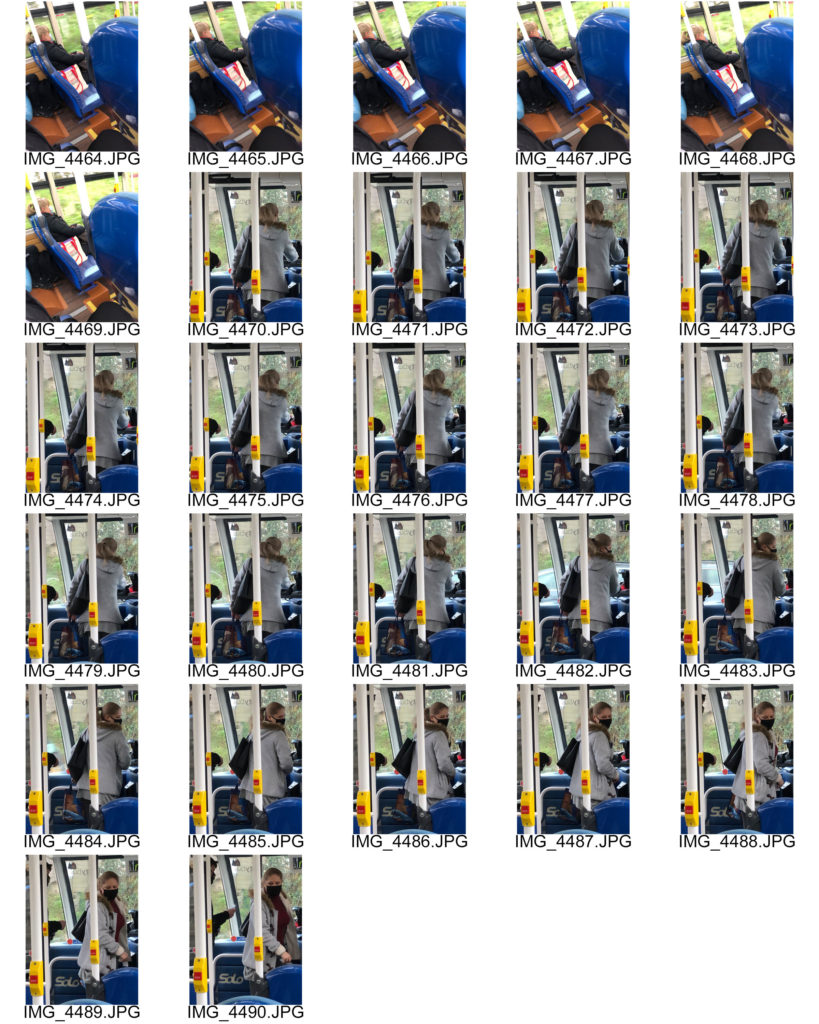
Street Photography
Street photography is a genre of photography which focuses on recording everyday life in a public place, street photography relates to candid portraits as the street photographs may include people who are unaware they’re being photographed.
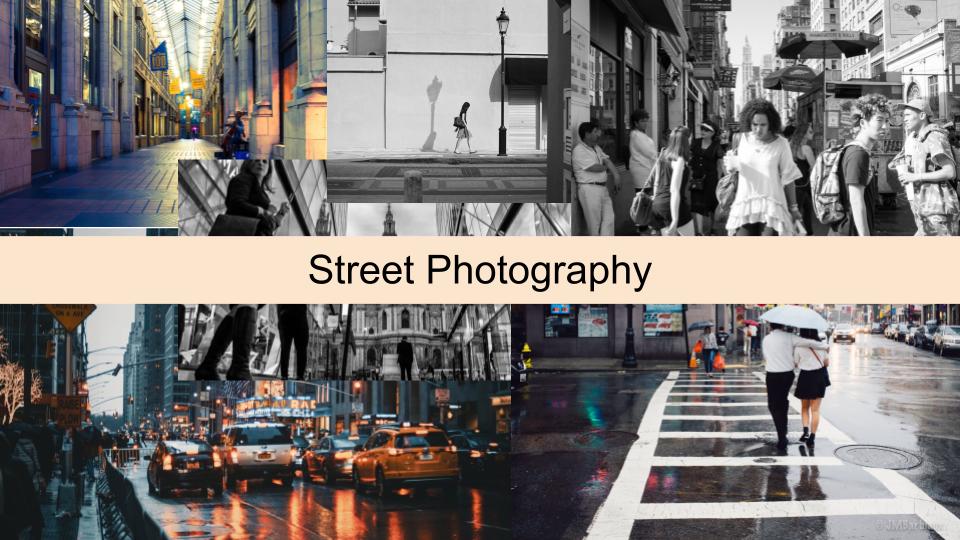
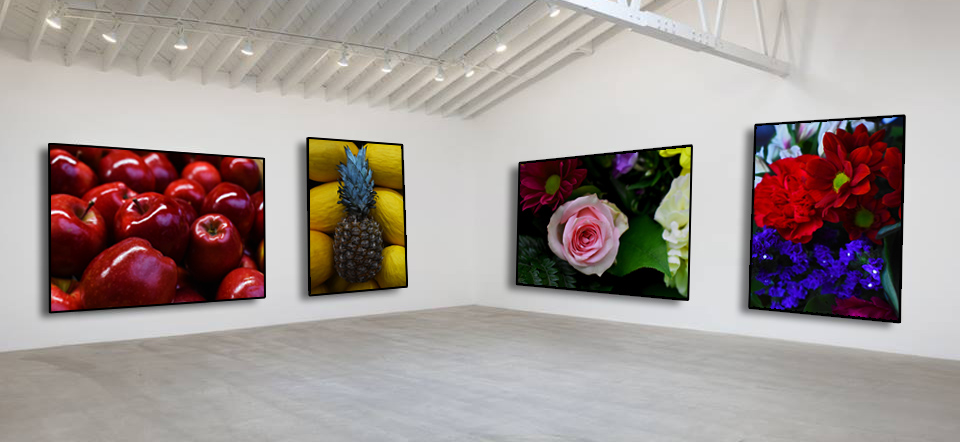
These images above are my best colourful abstract photographs and I have selected them to be in my final piece of the abstract unit as for there high quality , eye catching liveliness. They relate to each other in the sense that they all come from something living such as the flowers and the fruit which would have originated from a plant. These images with a little amount of editing such as increasing the vibrancy level on the colours and changing the levels with the highlights and shadows formed in the photographs , they are all displayed in a gallery (photoshopped).

For my next selection of images used I have chosen a more street work style of photography and I have displayed my work on billboards in a city. The images selected relate to abstract photography as for the blurred backgrounds/foregrounds and the reflection work. They are effective in black and white in this scene to blend with alley ways in towns and cities and simply look better.
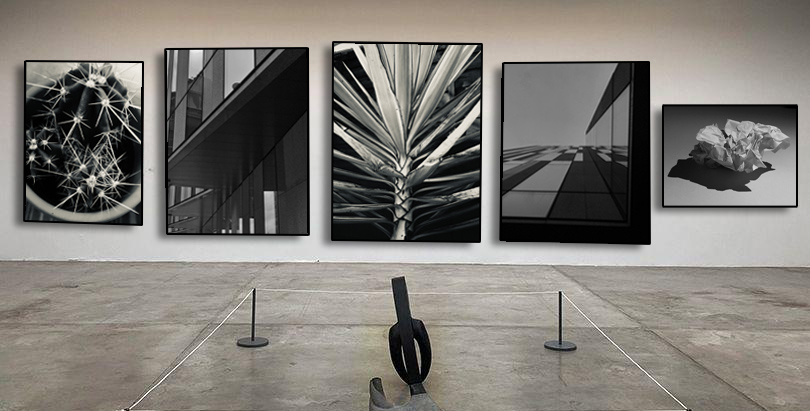
These black and white abstract photographs are all placed in a gallery with a more of a modern style of photography to them. They relate with the abstract work as for the tonal range of dark to light can be noticed almost instantly. With minimal editing these photos where the ones that caught my eye.

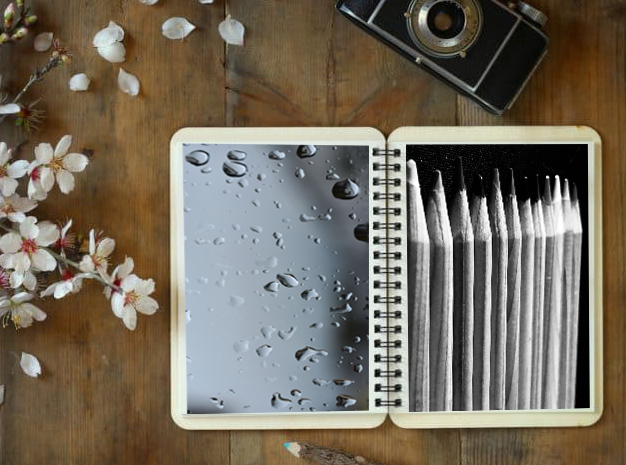
These last images I have chosen simply link with the abstract unit as for the repetition of the object that I have photographed. These images have been displayed in a sketchbook as photos. The black and white colour of the images creates a more abstract feel as there is a larger focus on the shapes of the objects as the colour is not apparent.
A portrait photograph may be important for historic preservation, personal branding or for personal pleasure, it is a type of photography aimed toward capturing the personality of a person or group of people by using effective lighting, backdrops, and poses. A portrait photograph may be artistic or clinical. Portrait photographers are able to capture the personality and emotion of people around them.
Portrait photos look best if the eyes are in sharp focus, this improves the sense of eye contact between the subject and viewer, creating a powerful and engaging photo. When shooting portraits with a shallow depth of field, it is important to set your focus point carefully.
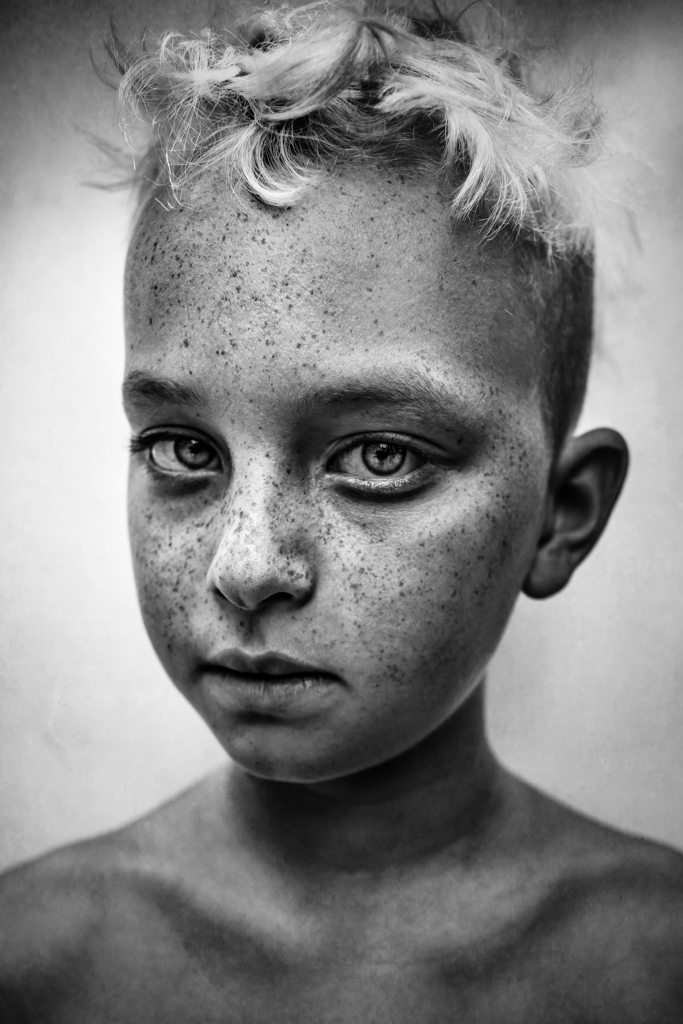

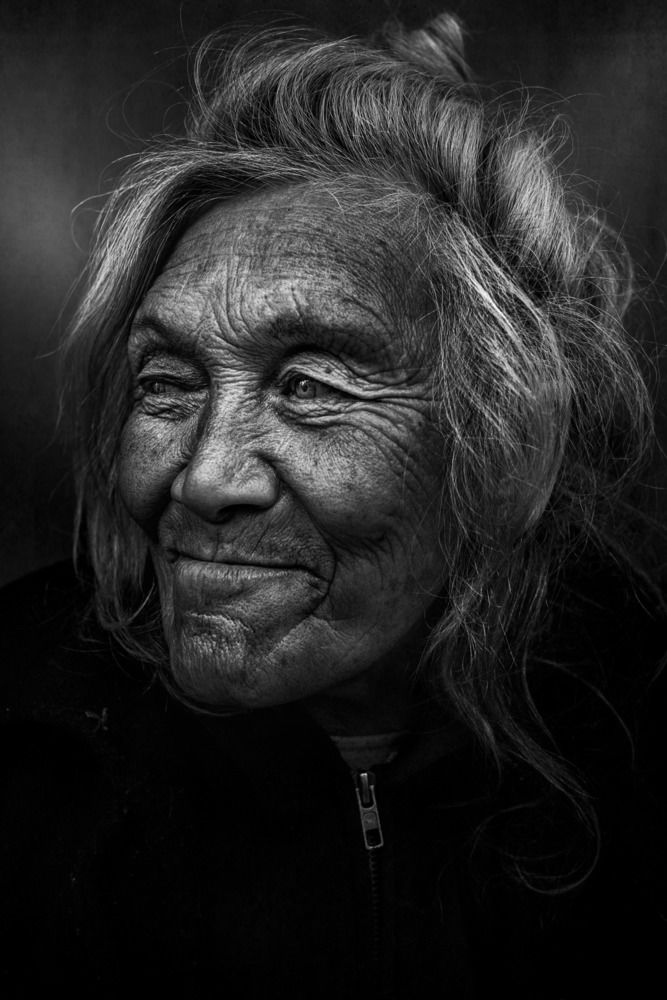

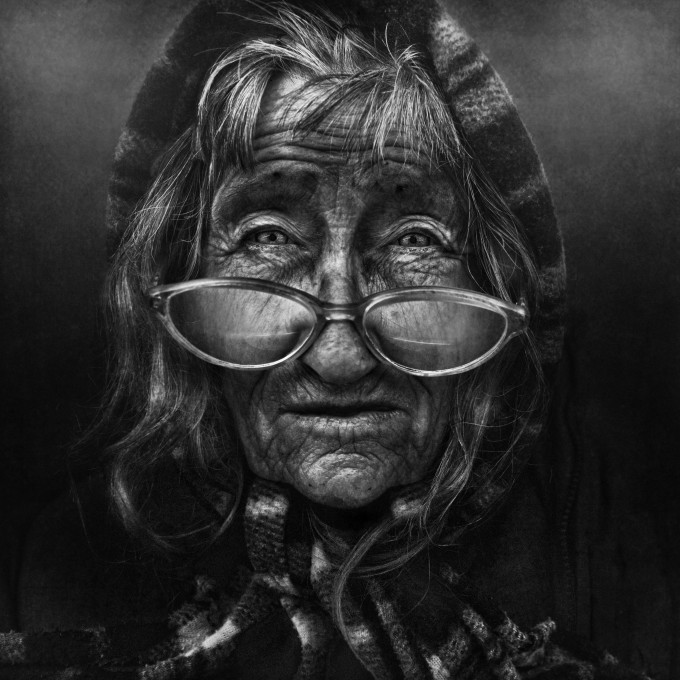
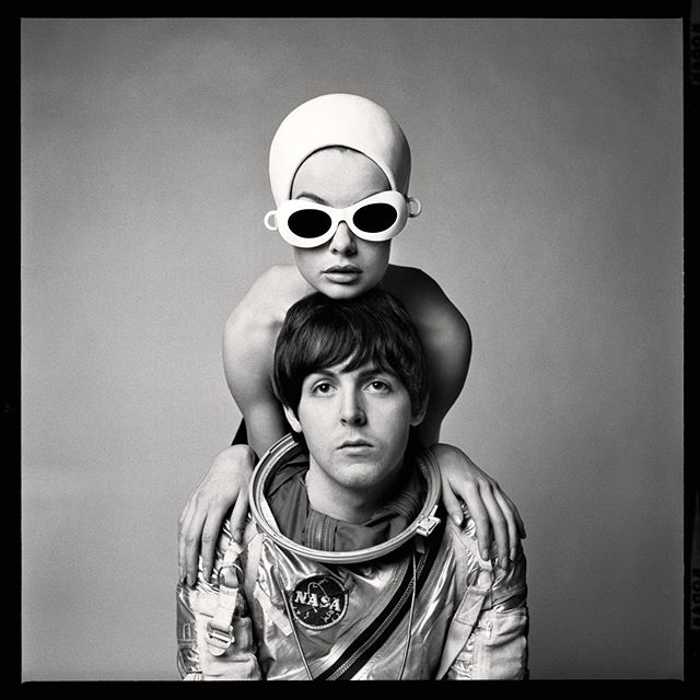
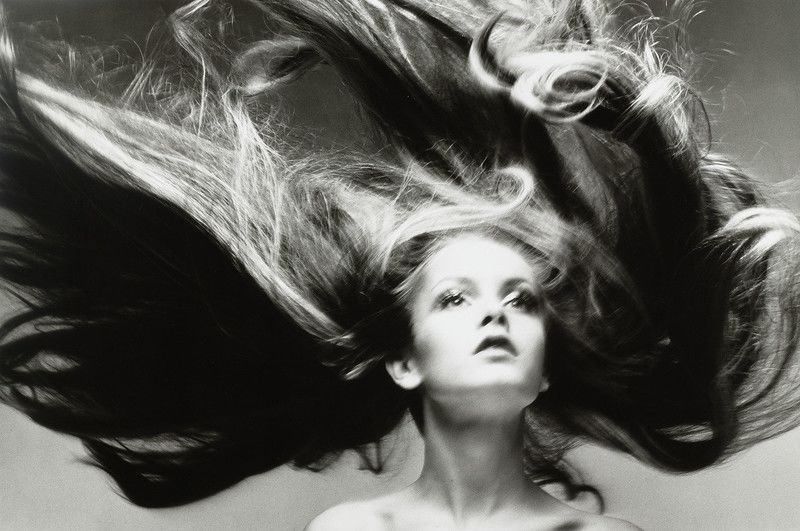
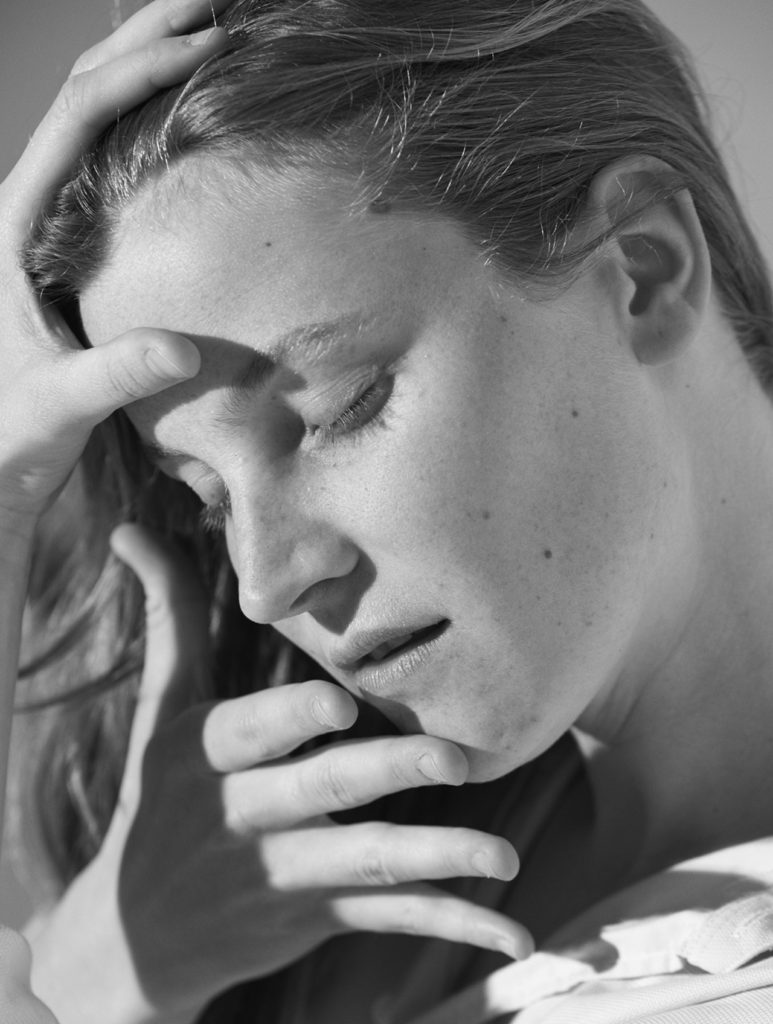
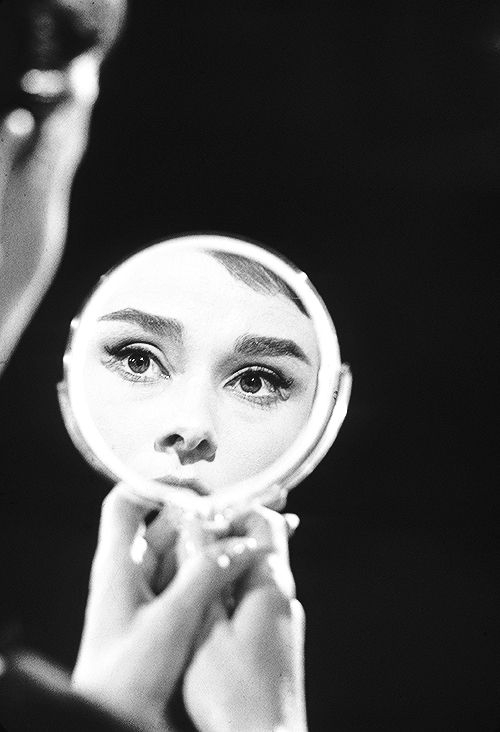
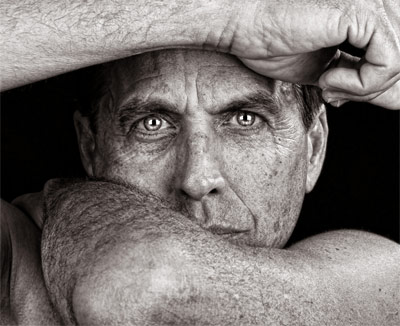
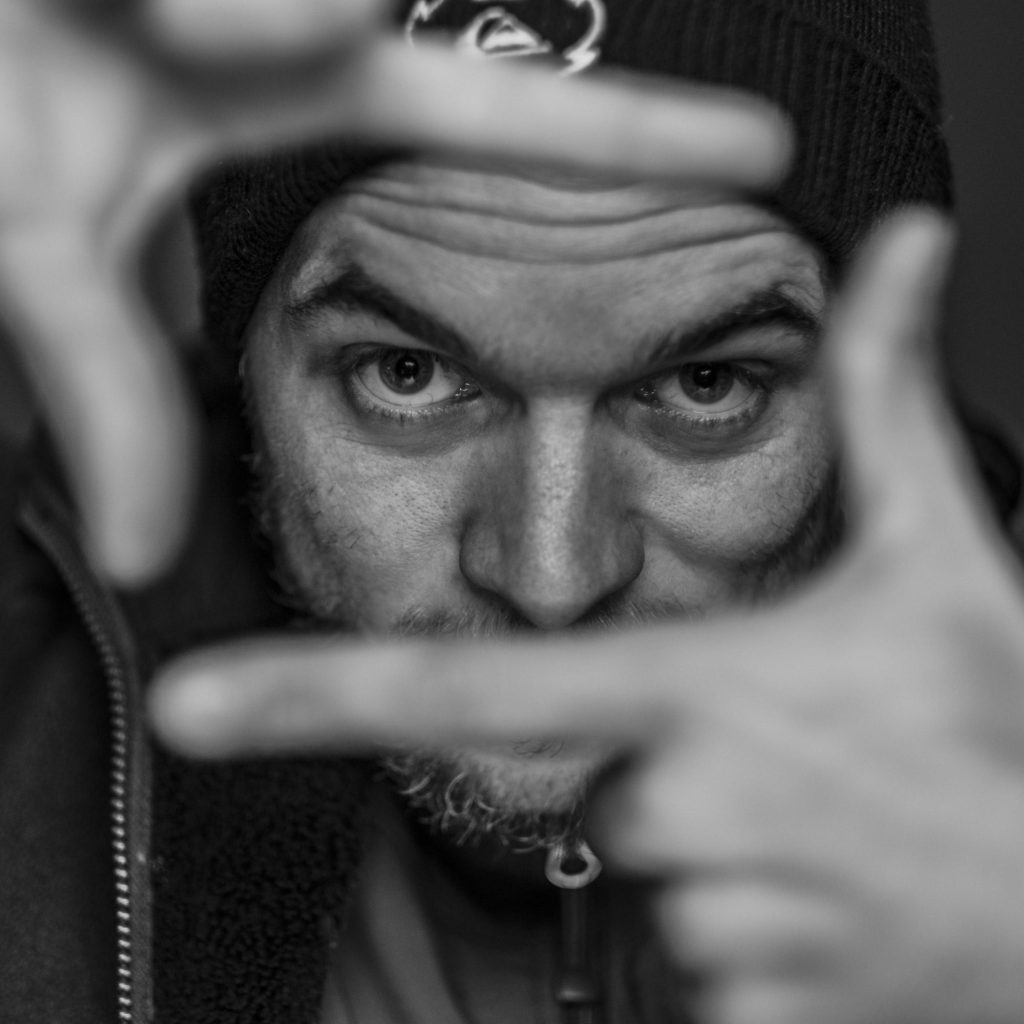

Contemporary portrait photography could be described as a photograph from our own time, compared to an image from a much earlier period. Instead, it is a reference to an image created that reflects our values, challenges and perceptions today or, in reference to a contemporaneous period for that image.
Examining photographic portraits has been a way we practice critical thinking about identities, how images relate to social, historical and cultural contexts and how ideas, feelings and meanings are portrayed through portrait photography and ultimately how they shape our history.
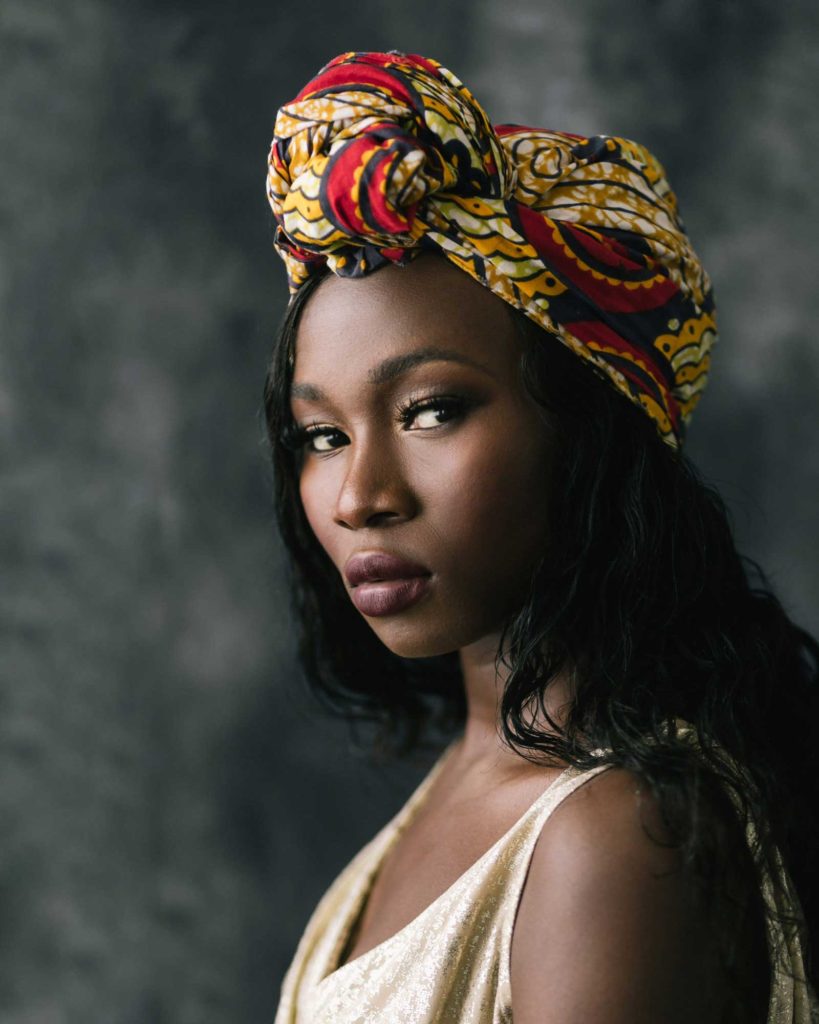
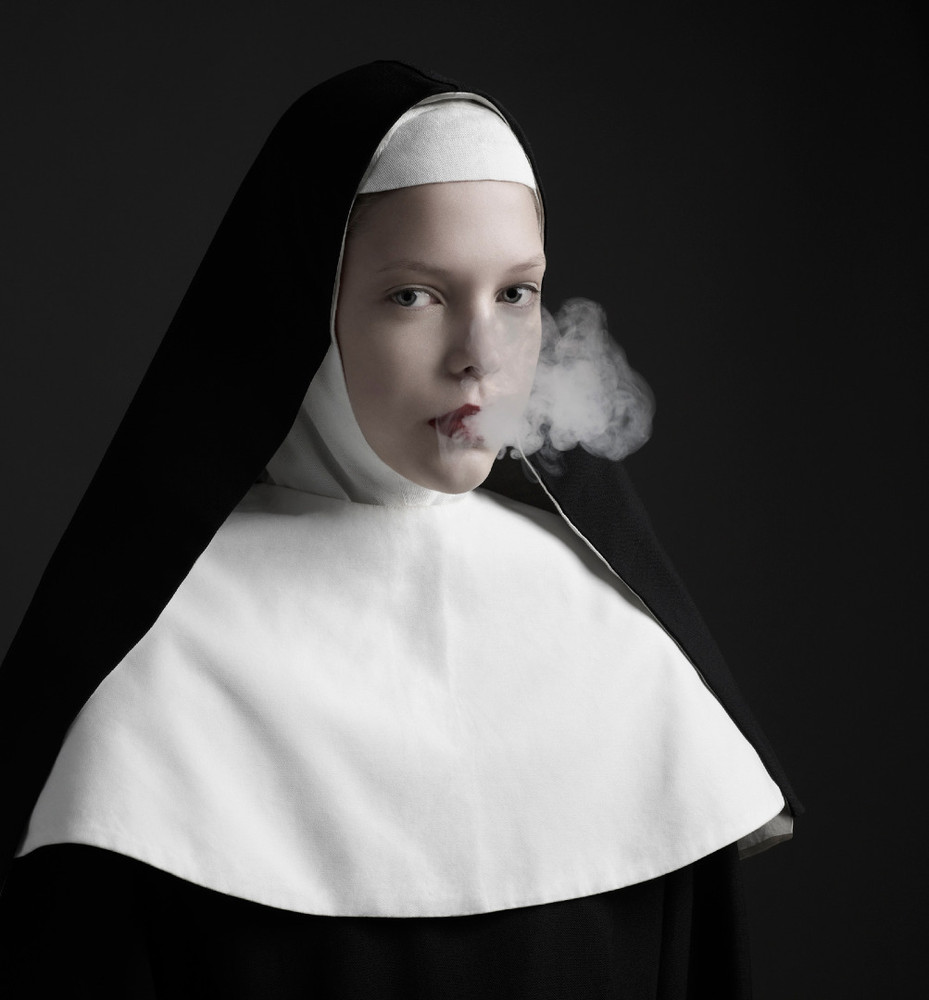


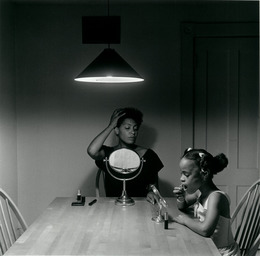
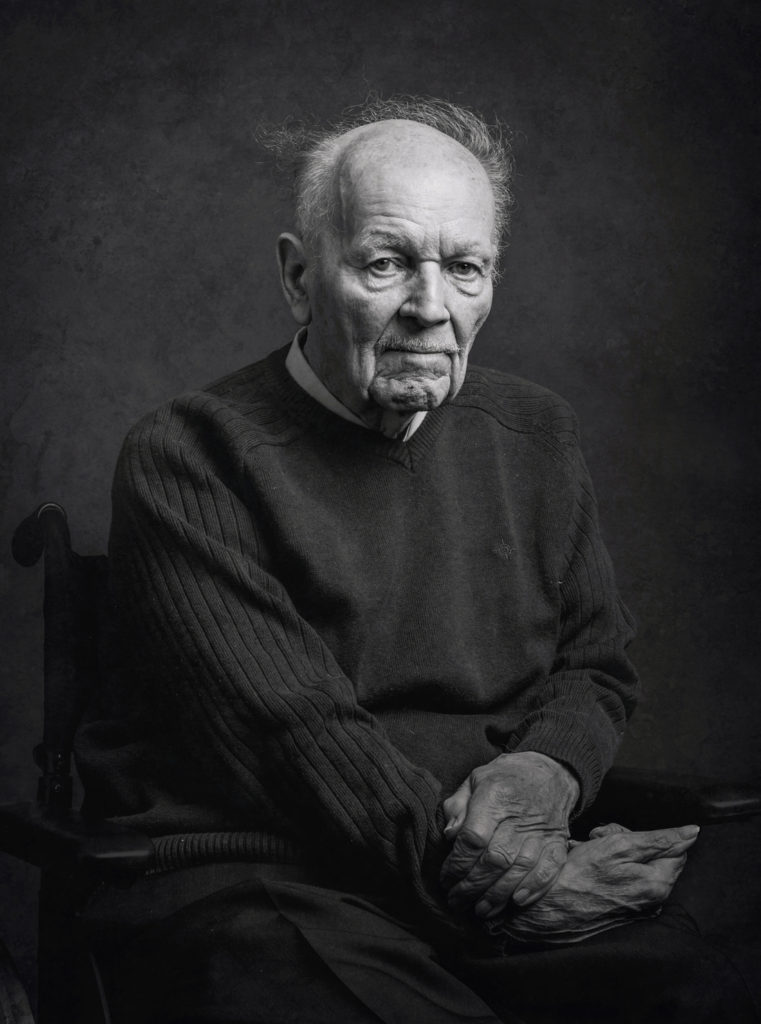
Contemporary photography encapsulates or reflects back to us an opinion about our world today. Values, societies, philosophy, standards for living, technology, politics and geopolitical realities constantly change.
For the photograph to be “contemporary” it does not have to ignore a prior historical context, or that it is influenced by the work of others in the past, or by other current artists. The photographer may have combined previously taken images from any prior point in time giving that image a contemporary re-birth.
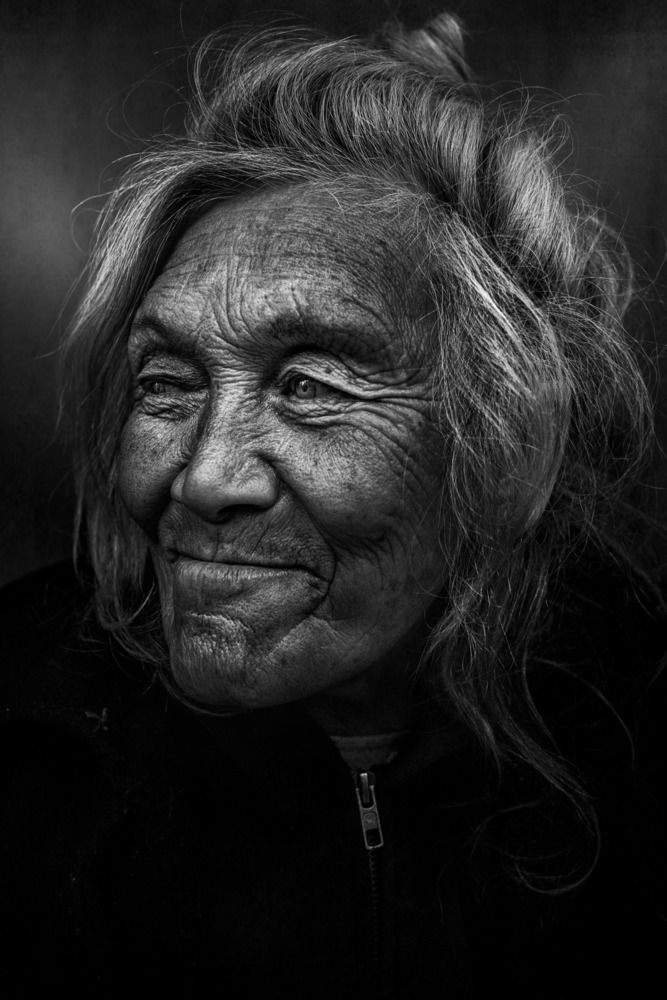
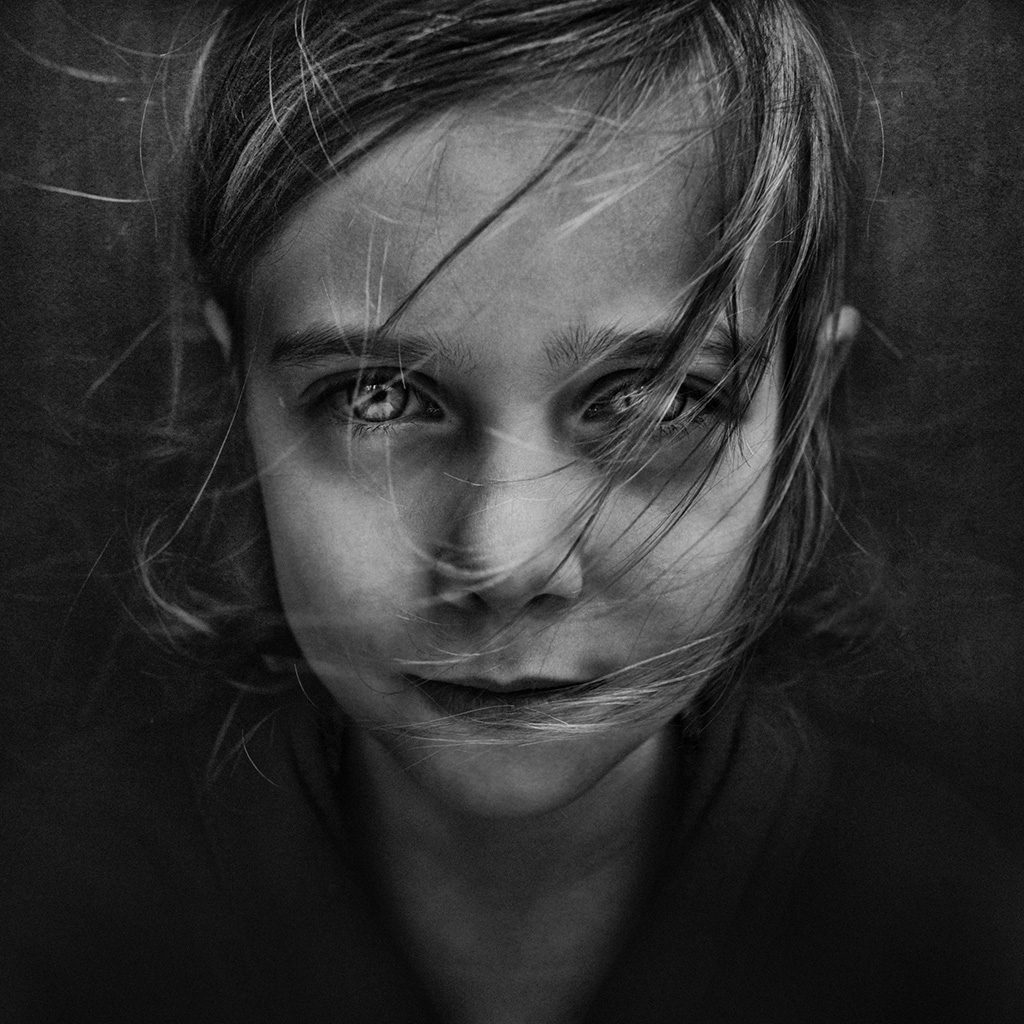

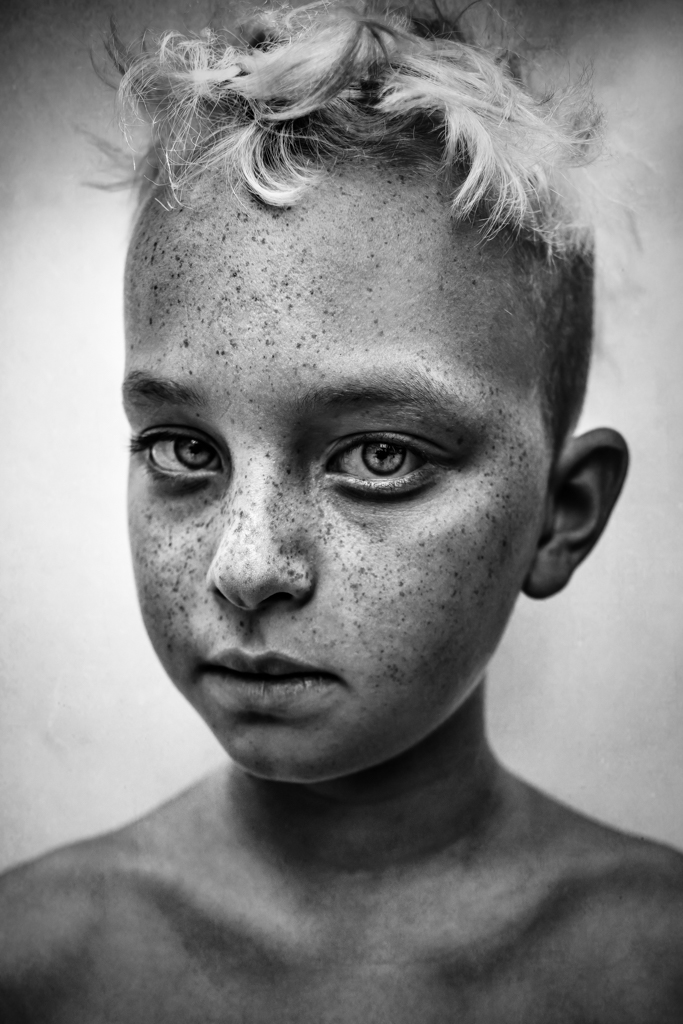
Lee Jeffries is a British street photographer, who resides near Manchester, England. He focuses on homeless people in England and all around the world. Lee‘s images were published in many prestigious magazines and newspapers, photography came into his life by accident when he was 35 years old.
Jeffries’ relationship with street portraits began in 2008 when he took his camera and went out. The main reason he went to shoot people out, was that he felt lonely inside and being surrounded by people helped to change that feeling. According to him, the more relationships he created with homeless people, the less lonely he felt, so his photographing activity at some point was not giving something away, but take something back too.
By making portraits of homeless persons, Lee wanted to dig a little bit deeper and get to know them at first, create a connection with them and maybe even help them to change their complicated situation. According to him, if you respect a person no matter what is his social status, he will respect you back and that is a key of trust with which you can create a certain atmosphere for making a good portrait.

What i like about Jeffries’ photographs is the deep emotion each picture presents. This photograph is filled with distress, trouble, sorrow and sadness, his images are very powerful and make the viewer feel sympathy towards the person in the photograph as the people in Jeffries’ images are homeless and express negative emotions, showing they aren’t happy with their lives.
What catches my eye the most about this photo is the deep contrast between the black and white tones and the detail in her skin, i like how the highlights bounce off of her skin from the natural light and instead of trying to hide her age, Jeffries expresses their age by capturing each small detail in her skin.
The surroundings of her face are dark and plain and all your focus gets taken to her detailed face and towards the emotions shes feeling.
Harry Callahan was an American photographer and educator. His first solo exhibition was at the art institute of Chicago in 1951. Some of his works include Lake Michigan (1953), Chicago (1949) and La Salle Street, Chicago (1953).

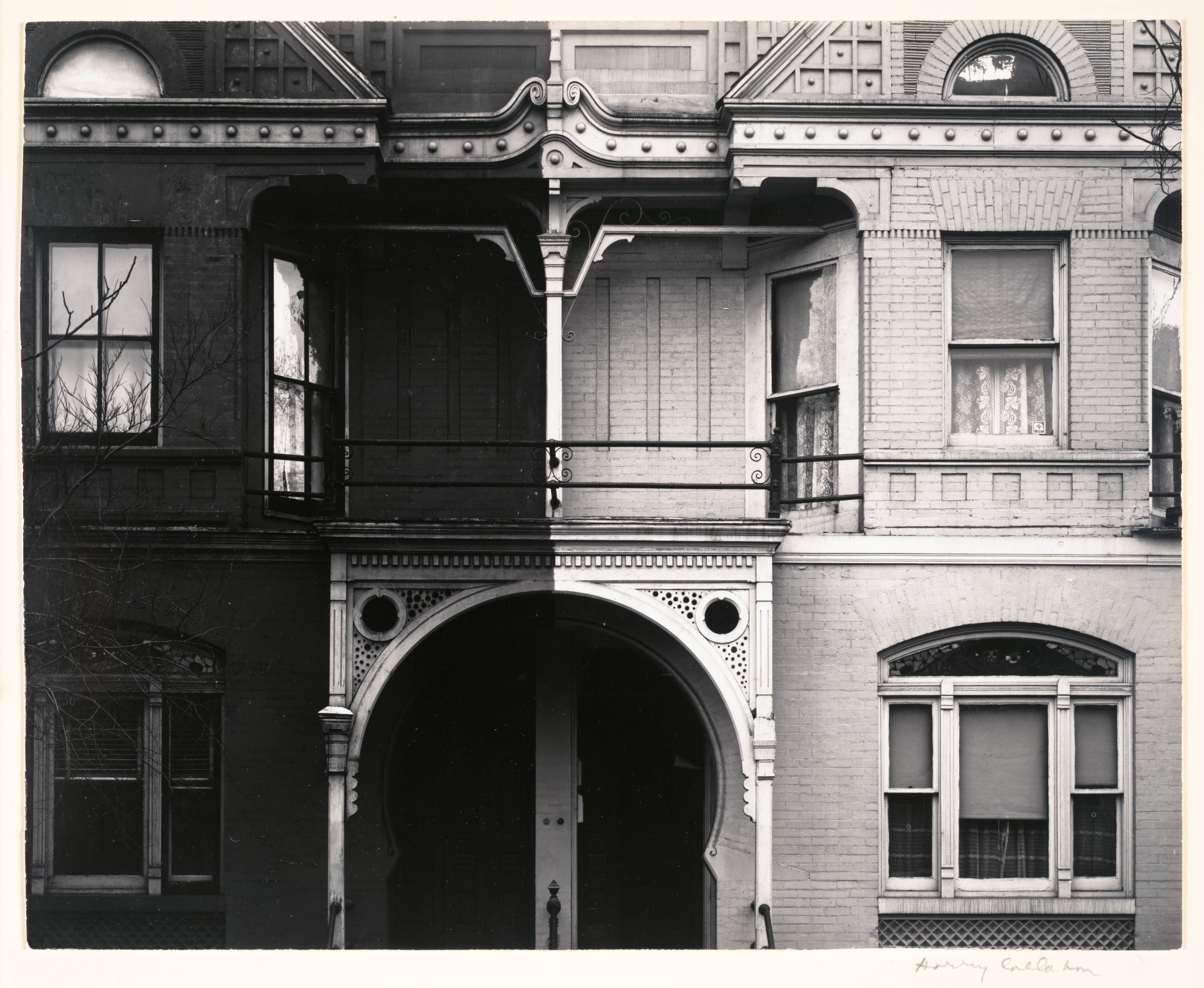
.jpg)

Contact Sheets

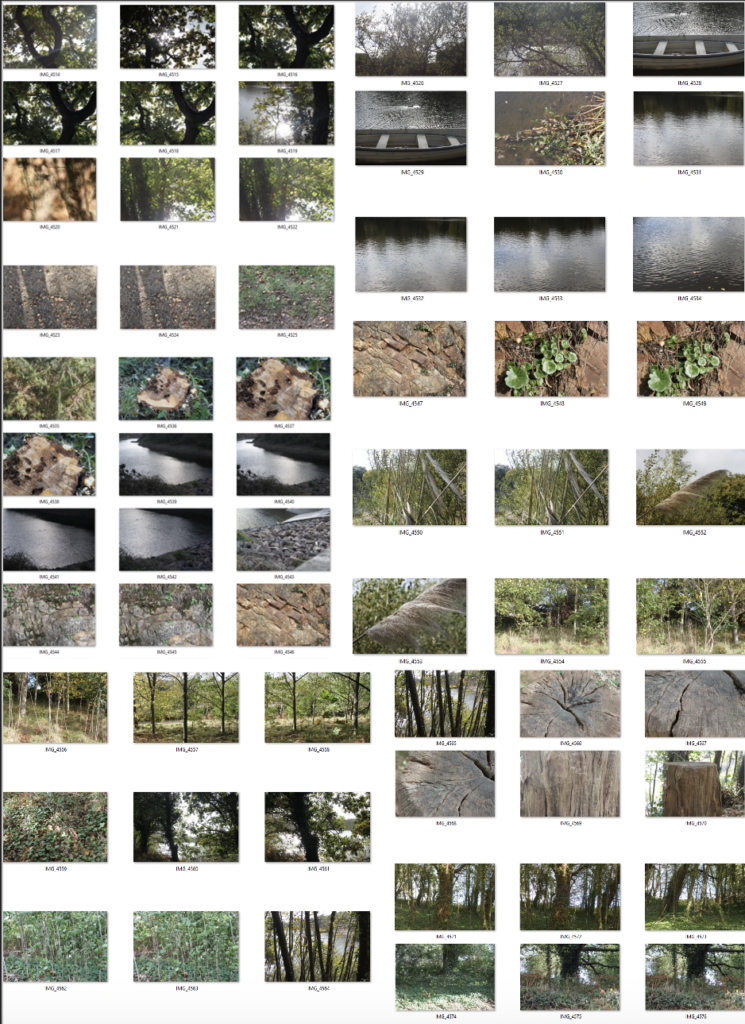
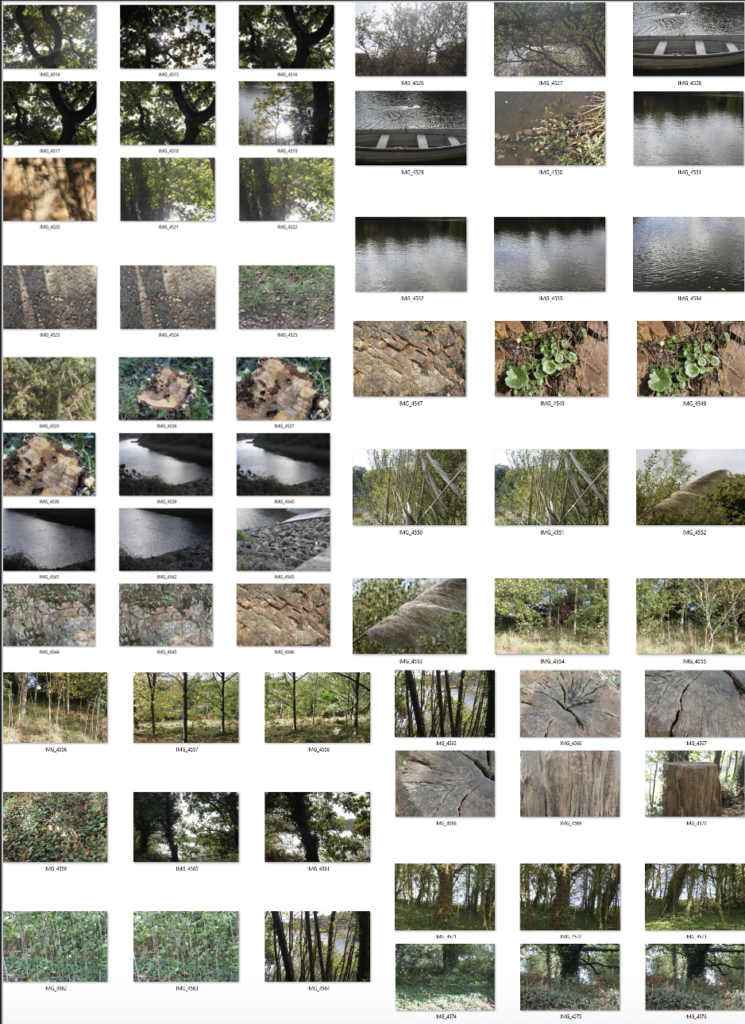
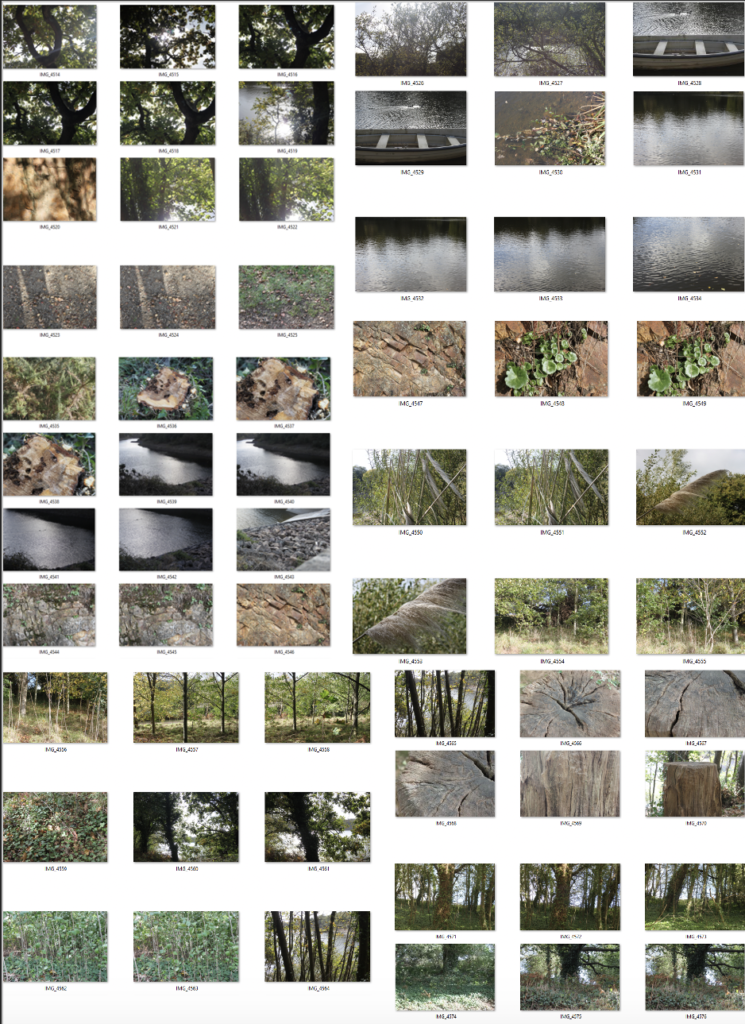
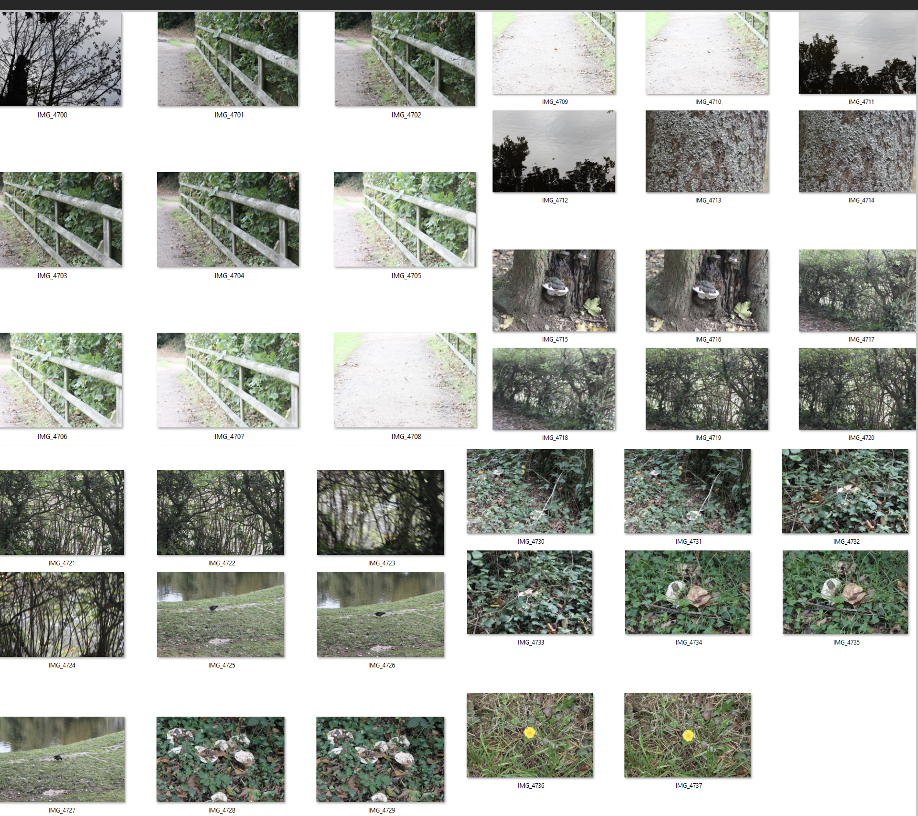
Filtered Down Contact Sheets

















Best Images and Edits


My Best Image

I believe the image showing the fern leaf is the best. First of all i believe it really shows how complicated nature is and fits with the idea of natural lines as there is many lines that connect other lines etc. Also i believe it really shows natural lines as the leaf isn’t perfect and is missing some of the small leaves showing that nature is not perfect. To create the very green and natural image, i edited the original image so that the edge of the leaf had some darker borders. Secondly, I made the fern leaf have a more natural and green colour that brighten and make the fern more vibrant.
Henri Cartier-Bresson (1908-2004), arguably the most significant photographer of the twentieth-century, was one of the co-founders of Magnum Photos in 1947 and champion of the “decisive moment”. He brought a new aesthetic and practice to photography, initiated modern photojournalism, and influenced countless followers. Henri Cartier-Bresson has intuitively chronicled decisive moments of human life around the world with poetic documentary style. His photographs impart spontaneous instances with meaning, mystery, and humor in terms of precise visual organization, and his work, although tremendously difficult to imitate, has influenced many other photographers. His photographs may be summed up through a phrase of his own: “the decisive moment,” the magical instant when the world falls into apparent order and meaning, and may be apprehended by a gifted photographer.
The decisive moment: widely considered to be one of the most important photo books of the twentieth century. Pioneering for its emphasis on the photograph itself as a unique narrative form. Originally titled Images à la Sauvette (“images on the run”) in the French, the book was published in English with a new title, The Decisive Moment, which unintentionally imposed the motto which would define Cartier-Bresson’s work. The decisive moment refers to capturing an event that is ephemeral and spontaneous, where the image represents the essence of the event itself.
Key Images

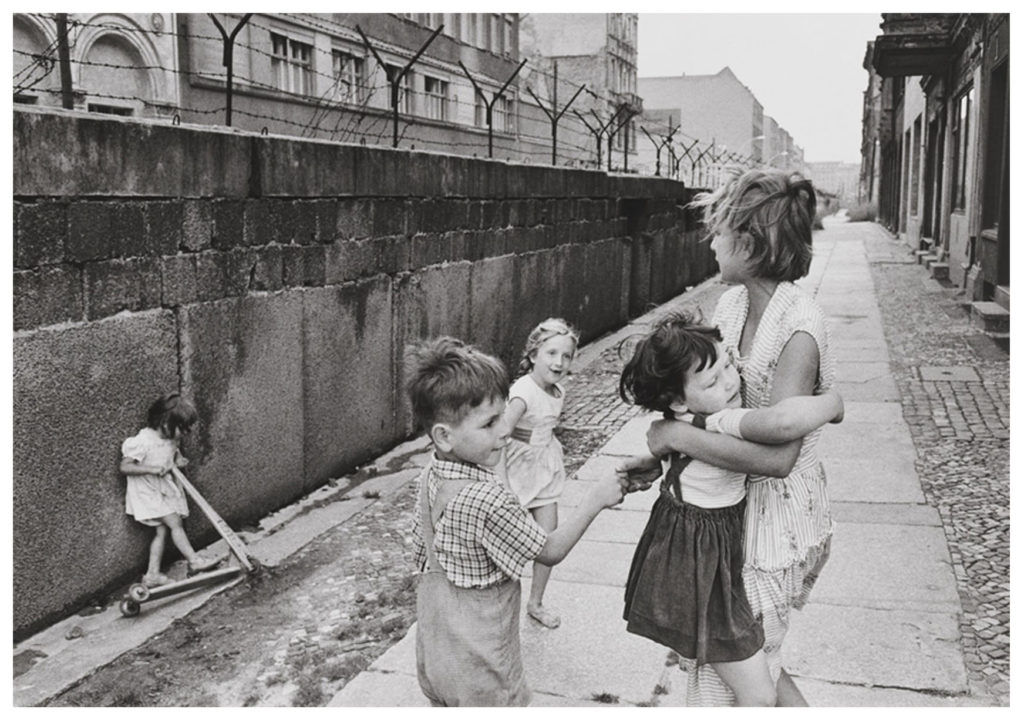
This image has been taken outside in natural lighting. This image is very bright with contrasting tones of dark grays and blacks. The focal point of this image is the children in the foreground of this image. This image was taken at the Berlin wall in 1962. The children appear to be playing in the streets. This image is a whole contrast in itself as the Berlin wall was seen as a bad thing as it separated the east and west of Berlin (from 1961-1989) leaving people from each side unable to see family members and stopped people from being able to work . However the children are playing next to it which is seen as a happy positive thing.
Magnum Photography
Through 1944 and 1945, Cartier-Bresson photographed the occupation of France and its liberation. In 1947 he co-founded the Magnum agency with Robert Capa, Chim (David Seymour), and George Rodger and he spent the next twenty years traveling around the world. Magnum is one of the first photographic cooperatives, owned and administered entirely by members. The staff serve a support role for the photographers, who retain all copyrights to their own work. In 1966 he left Magnum, which remained his agent, and devoted himself to drawing.
Compare and Contrast
Henri Cartier-Bresson and William Klein

Both Cartier-Bresson and William Klein’s images are solely in black and white. The above image (William Klein’s) is very dark toned with lots of blacks and grays and the below image is more bright and white toned even though both images look to have been taken outside in natural lighting. The subjects of both images also appear to know in someway that they are being photographed, whether they were told or spotted the camera themselves they are both engaging and interacting with the camera. The above image has the focal point of the two children as they are extremely close to the camera leaving very little background space. However in the image below the foreground is of the children but they are very low in the frame leaving a lot of background of the wall behind them.
Henri Cartier-Bresson and Alex Webb
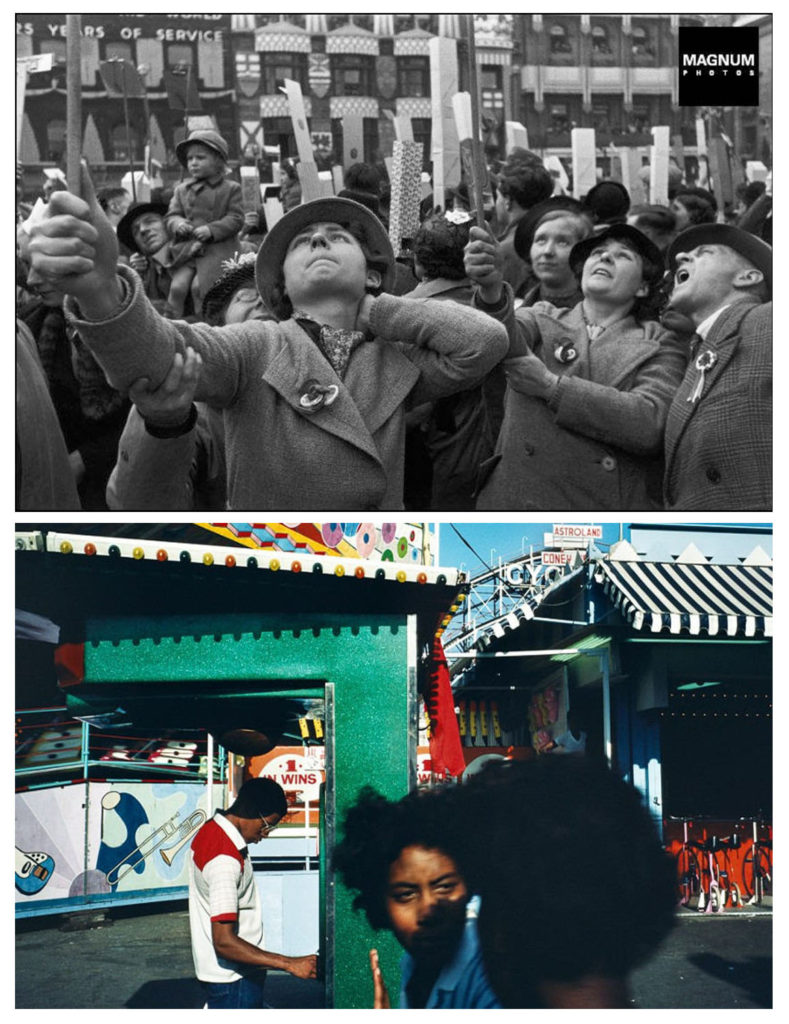
Both of these images have been taken in natural lighting of people who are unaware they are being photographed. The above image (Cartier-Bresson’s) is very dull and grey toned whereas the below image is full of various colours. Both images have been taken in the streets however in the first image the frame is full of people who look like they are at some form of event and in the second image the frame only has 3 people in it. Two of those people are in the foreground of the image and are slightly out of focus whereas the man in the background is fully in focus like the rest of the image. In Cartier Bresson’s image this contrasts the below image as the foreground of the people is in focus and the background of the buildings are slightly blurred.